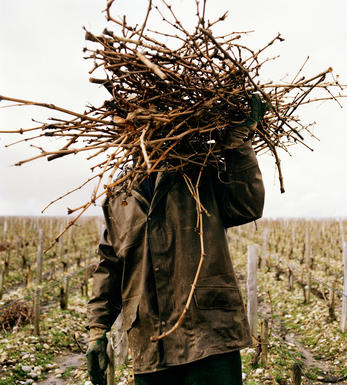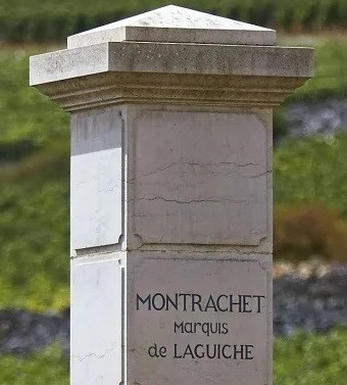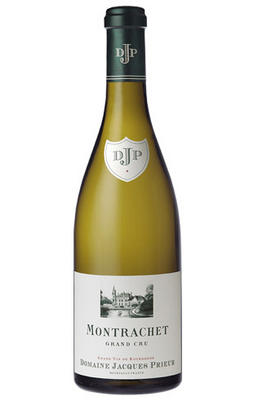
About this WINE

Jacques Prieur
For years Domaine Jacques Prieur was in a slow and seemingly terminal decline, with quantity rather than quality being the byword. The guardian angel arrived in the form of Mercurey-based négociants Antonin Rodet in the late 1980s. Rodet's oenologist, Nadine Gublin, has been the driving force behind the renaissance in quality which now rivals the very finest producers on the Côte. The Domaine is today owned 70% by the Labruyère family and 30% by the Prieurs.
The roots of the revival lie in the vineyards where fewer pesticides and herbicides are being used and, come harvest time, there is now a far more rigid selection of the best fruit. The results are a revelation. They have an exceptional range of grand cru vineyards – including the grandest of the grand, such as Montrachet, Musigny and Chambertin. But perhaps because the domaine’s holdings are dispersed up and down the Côte that it has not enjoyed the first rate reputation that one might have expected. The wines are certainly good, but perhaps just short of the flair which would place them in the very top division. There is a conscious decision to pick relatively late and make flamboyantly full-bodied wines.
Jasper Morris MW, Burgundy Wine Director and author of the award-winning Inside Burgundy comprehensive handbook.

Le Montrachet
Le Montrachet hails from the Burgundy region of France, specifically from the villages of Puligny-Montrachet and Chassagne-Montrachet in the Côte de Beaune subregion. This wine is produced in the vineyards surrounding Montrachet Hill, which is famed for its limestone-rich soils and ideal microclimate for producing top-quality Chardonnay.
Le Montrachet wines are known for their complexity, depth, and nuance. They often exhibit a wide range of aromas and flavours, which can include notes of citrus, stone fruits, tropical fruits, honey, butter, minerals, and sometimes even hints of hazelnut or toast. These wines tend to be full-bodied with a rich, creamy texture on the palate and are often complemented by vibrant acidity, which provides balance and freshness to the wine.
Le Montrachet wines have exceptional ageing potential. While they can be enjoyable when young, they truly shine with age, developing even more complexity and depth over time. Well-made examples can easily age for decades, evolving into truly extraordinary wines with patience and proper storage.
The concept of terroir, which refers to the unique combination of soil, climate, and vineyard location, is paramount in Burgundy winemaking, and Le Montrachet is a prime example of terroir expression. The wines reflect the specific characteristics of Montrachet Hill and its surrounding vineyards, showcasing the influence of the limestone soils and the region's mesoclimate.

Chardonnay
Chardonnay is often seen as the king of white wine grapes and one of the most widely planted in the world It is suited to a wide variety of soils, though it excels in soils with a high limestone content as found in Champagne, Chablis, and the Côte D`Or.
Burgundy is Chardonnay's spiritual home and the best White Burgundies are dry, rich, honeyed wines with marvellous poise, elegance and balance. They are unquestionably the finest dry white wines in the world. Chardonnay plays a crucial role in the Champagne blend, providing structure and finesse, and is the sole grape in Blanc de Blancs.
It is quantitatively important in California and Australia, is widely planted in Chile and South Africa, and is the second most widely planted grape in New Zealand. In warm climates Chardonnay has a tendency to develop very high sugar levels during the final stages of ripening and this can occur at the expense of acidity. Late picking is a common problem and can result in blowsy and flabby wines that lack structure and definition.
Recently in the New World, we have seen a move towards more elegant, better- balanced and less oak-driven Chardonnays, and this is to be welcomed.



Buying options
Add to wishlist
wine at a glance
Delivery and quality guarantee